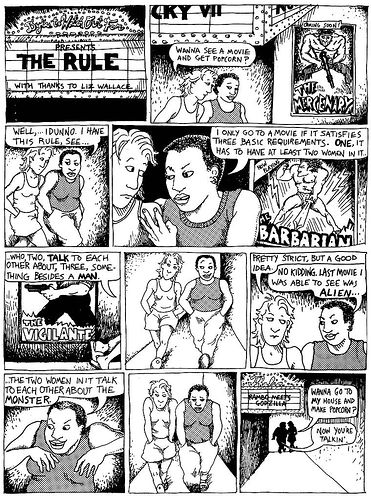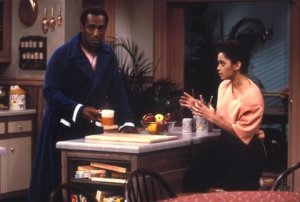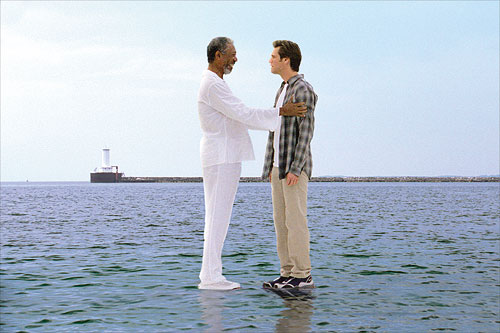 TV Tropes (2003- ) is a website (tvtropes.org) that talks about tropes on television shows and in other works of fiction. A trope is a story element that you see over and over again – like Black Best Friends, Impossibly Cool Clothes, Conveyor Belts O Doom, Lampshades and Mary Sues. It started out as a website about the American television show “Buffy the Vampire Slayer” (1997-2003) but then grew to take in all works of fiction. After all, many of the cheap plot tricks and sorts of characters you see in “Buffy” are as old as dirt.
TV Tropes (2003- ) is a website (tvtropes.org) that talks about tropes on television shows and in other works of fiction. A trope is a story element that you see over and over again – like Black Best Friends, Impossibly Cool Clothes, Conveyor Belts O Doom, Lampshades and Mary Sues. It started out as a website about the American television show “Buffy the Vampire Slayer” (1997-2003) but then grew to take in all works of fiction. After all, many of the cheap plot tricks and sorts of characters you see in “Buffy” are as old as dirt.
Like YouTube, it is a form of Internet crack: it is hard to let go – just one more! – but then the next thing you know your clock is saying two in the morning.
It makes you laugh but it also opens your eyes. It talks about all the things you have seen on television over and over again but never had a name for. Like how evil geniuses never just shoot the hero dead but have some overly long way of killing him that is not properly watched over or guarded (Death Trap). Or how showdowns always seem to take place inside dangerous buildings with bad railing (No OSHA Compliance).
It is a wiki, which means anyone can add to it. But unlike the Wikipedia, it is run by some people who do not take themselves too seriously and still have a sense of humour. Nor do they judge what is “notable” and what is not. And it is cool enough to quote the Uncyclopedia.
Most entries name a trope, give a description followed by a list of examples – from television, film, video games, anime, books, etc. Or it can be the other way round: a work of fiction with a list of tropes that it uses.
It covers not just American and British media but Japanese media too. You can find out why the Japanese draw characters with big round eyes and blue hair, for example. And what the Japanese word is for the part of a schoolgirl’s thigh that shows just below her skirt. It is also surprisingly good (but not great) on racism in American media.
I first saw the website two years ago but then got a new computer and lost the bookmark. I found it again the other night when I was trying to find out the word for the trope where the hero is white even though everyone else in the story is not (Mighty Whitey).
Some of the stuff you already knew, like Black Dude Dies First or Not Too Black, but other stuff you did not – like how television stations in the American South used to cut out scenes with black characters (unless the characters played to stereotype, of course).
Because you will know too much about the cheap tricks that writers use to make a story good, they say you will not be able to enjoy television quite the same way again.
See also:


 The magical Negro has been a stock character in American fiction since at least the late 1950s. It is a Negro, a black person, who comes out of nowhere with strange powers or deep wisdom to help white people, sometimes even giving his life.
The magical Negro has been a stock character in American fiction since at least the late 1950s. It is a Negro, a black person, who comes out of nowhere with strange powers or deep wisdom to help white people, sometimes even giving his life.





